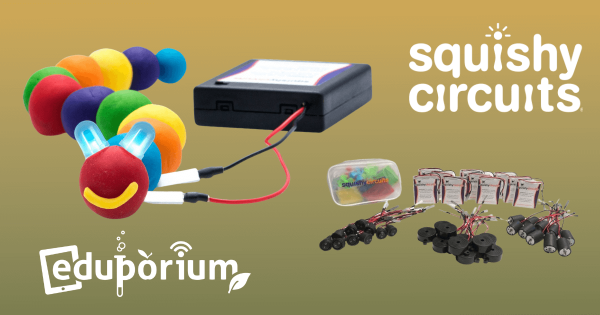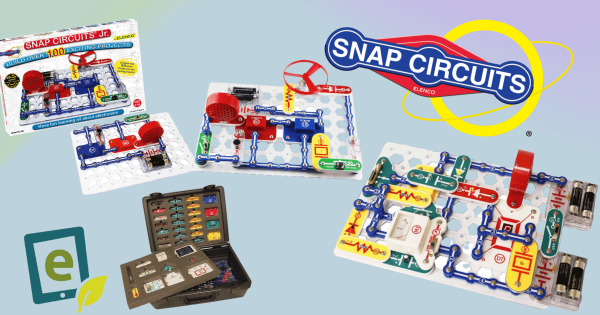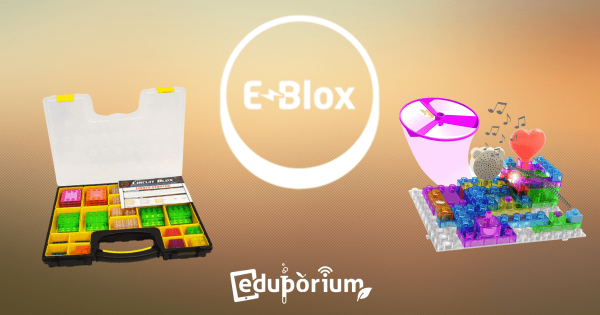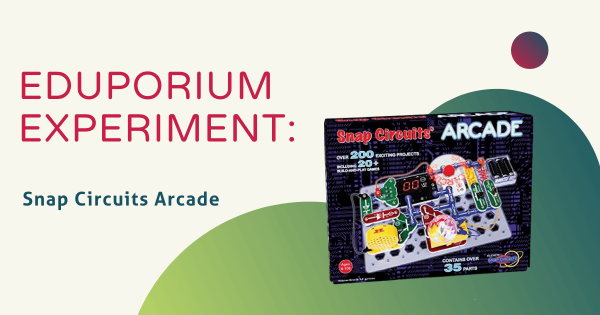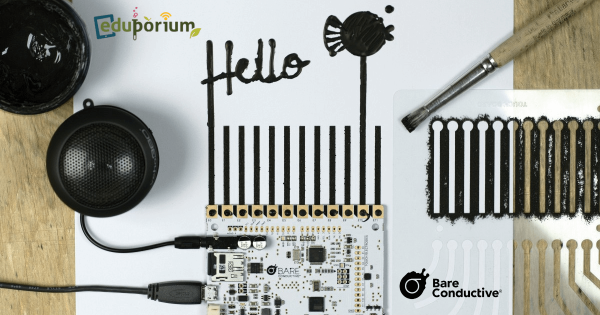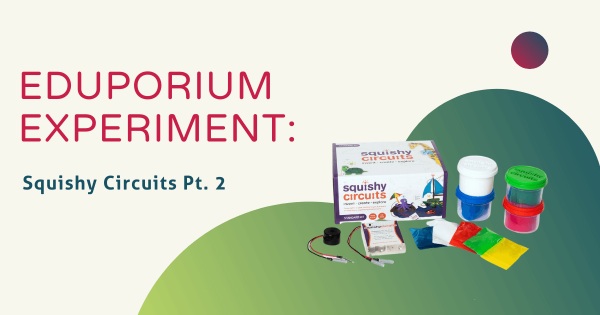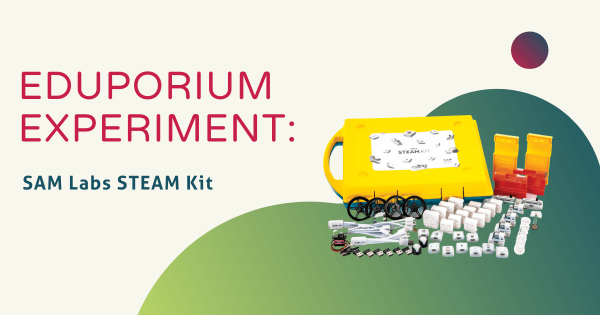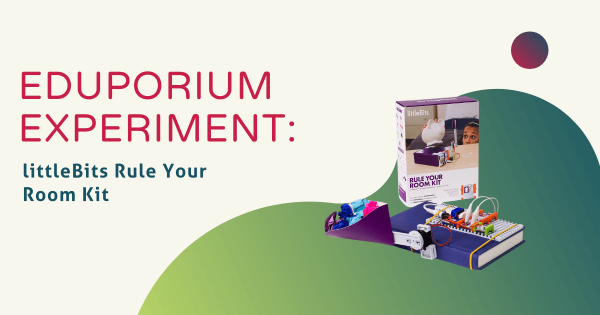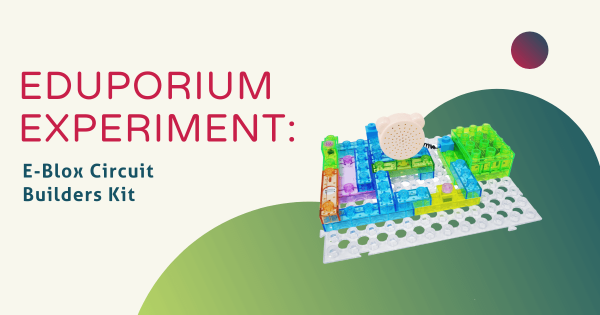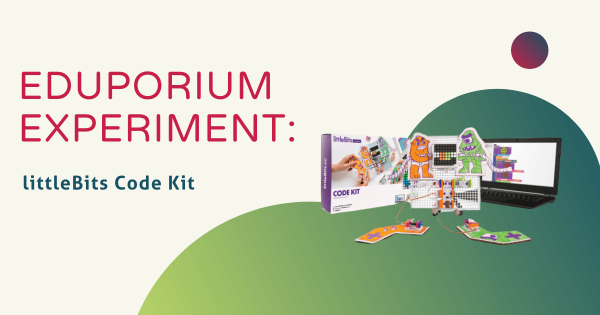With Squishy Circuits, students in preschool and the early grades can enjoy a new kind of interactive learning experience. No longer is tech integration something to fear when it comes to young kids. As long as it’s done purposefully and with the right tools, it can provide a wealth of valuable learning opportunities in early education.
Circuitry
When it comes to incorporating circuitry basics in STEM education, there are surprisingly a lot of options. Regardless of the grade levels you teach, there are plenty of opportunities for kids to explore electronics. Not only that, but it's super easy to incorporate circuitry concepts in creative ways throughout the curriculum. Whether in your general classroom, STEAM-focused lesson plans, or afterschool makerspace environment, circuitry kits for students help educators illustrate the most important concepts in a hands-on way. Starting in early education, the Squishy Circuits kits help teachers create awesome introductory lessons. Using conductive dough with safe and simple electronics components, kids could build circuits and add them to art projects. Then, they can incorporate more complex hardware as they get older. And, once ready, they can even build programmable circuits and incorporate coding!
A sometimes overlooked area of STEM and maker education, building circuits helps students develop lots of relevant skills. Starting with engineering, the design process is very important in these projects. Students can gain valuable experience in planning a design, implementing the construction plan, and potentially re-evaluating any flaws in that process. From there, they can explore how exactly circuits work as well as their role in powering many common devices. And, when it comes to the various circuitry kits in education, some others besides the Squishy Circuits solutions include the SAM Labs kits, the Bare Conductive kits, E-Blox kits, Snap Circuits kits, and the Makey Makey. Providing benefits for students in every grade, these increasingly involved opportunities help them start to think like scientists.
-
Custom Lessons in the STEM Curriculum with Snap Circuits
Snap Circuits’ compact, classroom-friendly kits allow educators to introduce key STEM ideas, like electricity, motion, and environmentalism while students play. Talk about a win-win situation. Among plenty of others, you’ve got the Snaptricity kit, the Motion kit, Green kit, and Arcade Kit—all of which are game changers in hands-on learning.
-
Looking for Specialized STEM? There's an E–Blox Kit for You
E-Blox, as their name implies, are electronic building blocks—almost exactly like LEGOs—except they’re conductive! Kids can enhance their design and engineering skills and also get more familiar with electronics at the same time. And, with over 10 specialized kits available on our store, there’s always a new area of STEM for them to master.
-
Eduporium Experiment | Snap Circuits Arcade Kit
Today, I experimented with the Snap Circuits Arcade Kit, a kit that allows students to build over 200 exciting projects and includes 20-plus Build and Play games. With over 35 parts, including a programmable word fan, tri-colored orb, and a pre-programmed micro-controller, the Snap Circuits Arcade kit is perfect for projecting a light arcade show!
-
Bare Conductive's Touch Board: Transform a Surface to a Sensor
You’ve probably already seen their conductive paint, conductive paint pen, and glowing house set. Well, now they have some new additions and we’re ready to share them with everyone! And, the best part is that you don’t even have to be a seasoned programmer to be able to build interactive projects that will amaze all who experience them!
-
Eduporium Experiment | Squishy Circuits Pt. 2
These cool kits are designed for play-based learning! By building a number of experiments, students can learn various circuitry basics and experiment with conductive and insulating dough, LEDs, and other accessories. Using the Squishy Circuits kits, they’re also able to get hands-on while they learn about conductivity, simple circuits, series, and parallel circuits.
-
Eduporium Experiment | littleBits Rule Your Room Kit
The littleBits Rule Your Room Kit is one of littleBits’ newest kits and it’s nothing short of awesome. If you’re familiar with littleBits already, you are more than welcome to skip to the next paragraph! So what are littleBits!? They are easy-to-use electronic building blocks that are magnetic and color-coded by function.
-
Eduporium Experiment | E-Blox Circuit Builders Kit
Circuitry kits like this one are a great way to introduce elementary students to one of the most important STEAM concepts. And, this one in particular is especially versatile because it combines so many specific STEM disciplines in one dynamic tool. There are three different versions with 59, 115, and 120 projects.
-
Eduporium Experiment | littleBits Code Kit
Coding is going to be the literacy of the 21st century as more and more of the most lucrative careers require entry-level employees to have some form of mastery. Wouldn’t it be great if there was an EdTech product that leveraged the fun parts of STEM education, like making, design, and invention, while kids learned how to code?




